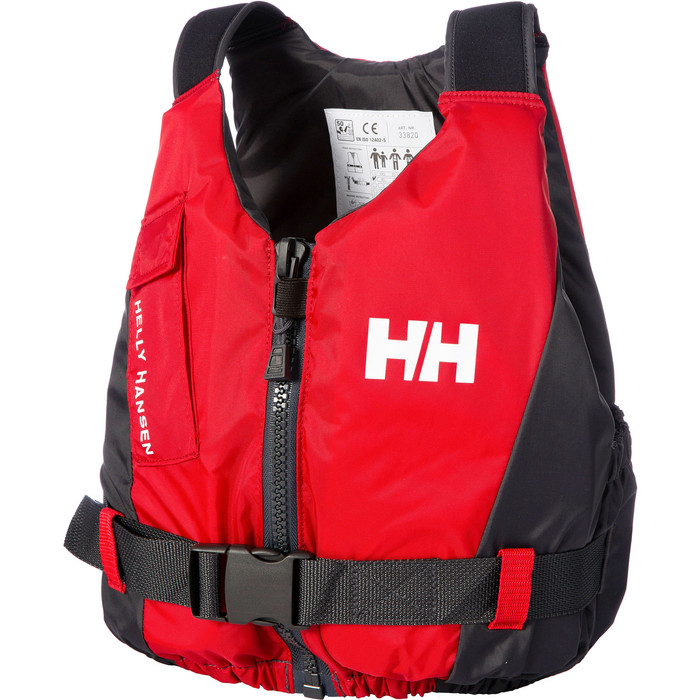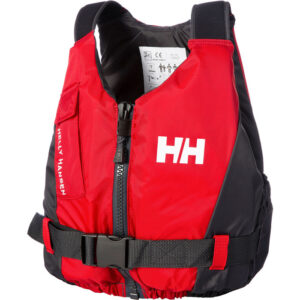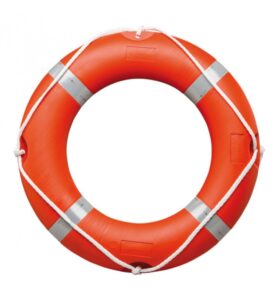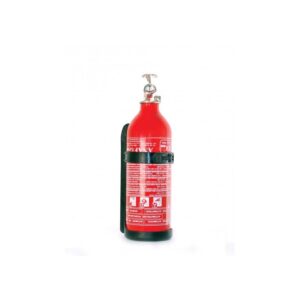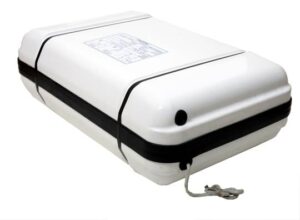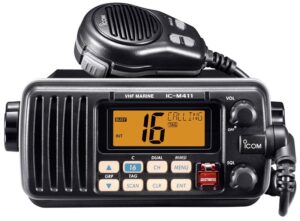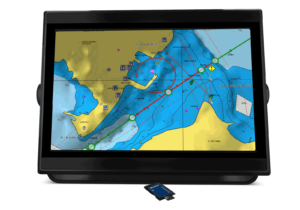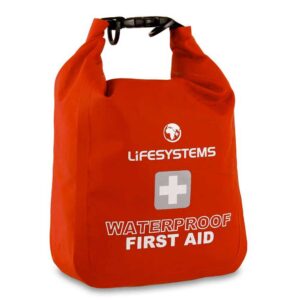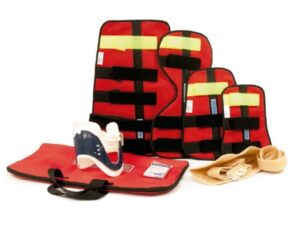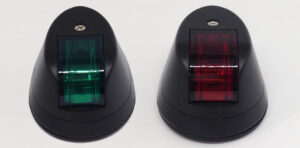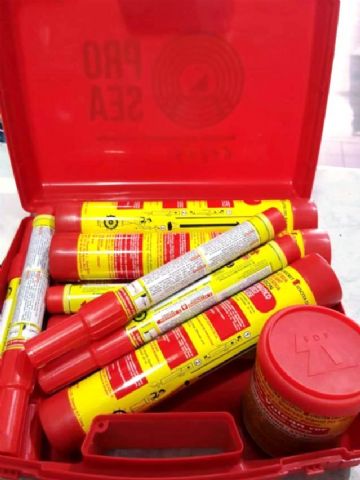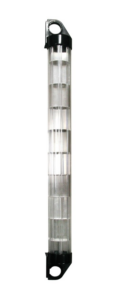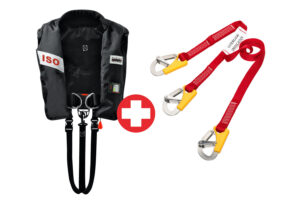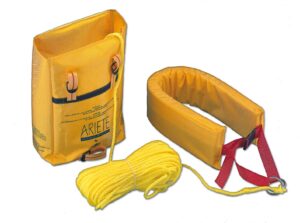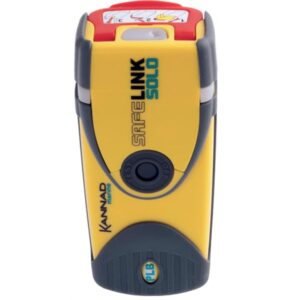Introduction to recreational boating safety applicable to different types of boats (sailboat, catamaran, yacht, mega yacht).
Safety on board is essential to ensure smooth sailing and avoid accidents. This article focuses on the equipment and material necessary to ensure the safety of all occupants of a vessel.
Basic safety elements in boats
- Life jackets. Life jackets are essential to ensure the buoyancy and safety of the people on board in the event of a fall into the water or emergency evacuation. It is crucial to have vests of different sizes and types, suitable for adults, children and even pets. The vests must comply with current regulations and be approved by the competent authorities. In addition, it is essential to teach the occupants how to put on the vests correctly and to carry out regular practice to familiarize them with their use.
- Lifebuoys. Lifebuoys are circular flotation devices that are dropped into the water to help people in an emergency. They should be located at easily accessible and visible points and have a tethered rescue line, at least 30 meters long, to facilitate recovery. In addition, it is important that the lifebuoys have reflective elements and flashing light to improve their visibility in low light conditions.
- Fire extinguishers. Fires on board can be disastrous and difficult to control if adequate means are not available. Fire extinguishers are portable devices that can be used to fight fires before they spread. They should be located in strategic places on the vessel, such as the engine room, galley and fuel storage areas. It is essential to know the different types of extinguishers and their proper use according to the type of fire (class A, B, C or D). In addition, it is necessary to periodically check its charge and pressure, as well as to carry out maintenance and recharging according to the manufacturer’s instructions.
- Life raft. The life raft is a necessary survival equipment in case of abandonment of the boat. It should be able to accommodate all occupants and have sufficient survival equipment, such as drinking water, food rations, thermal blankets, distress signals and a first aid kit. The liferaft should be checked periodically by professionals and stored in an easily accessible place, preferably in a hydrostatic container that activates automatically upon contact with water.
Communication and location equipment on vessels
- VHF radio. The VHF radio allows you to maintain contact with other vessels, shore stations and emergency services. Its use is essential for receiving weather information, coordinating rescue actions and communicating in emergency situations. It is essential to have a good quality VHF radio, with spare batteries and an efficient antenna system. In addition, it is recommended to practice communication and to know the frequencies and procedures of use.
- GPS and nautical charts. GPS is an electronic device that provides accurate information about the vessel’s position, speed and heading. Nautical charts are graphic representations of maritime areas that include information on depths, hazards, buoys, lighthouses and other items of navigational interest. Both elements are essential to plan safe routes and avoid disorientation and accidents. It is important to have up-to-date charts and a reliable GPS, as well as basic knowledge of navigation and cartography.
- AIS. The automatic identification system (AIS) is a tool that allows you to know the position, speed, course and other relevant data of nearby vessels. AIS helps to avoid collisions and facilitates communication in case of emergency. It is essential to have an approved AIS system integrated with GPS and other navigation devices. In addition, it is necessary to know how they work and the associated communication protocols.
First aid equipment
- First aid kit. A complete and adequate first aid kit is essential on any boat. It should include material to treat wounds (gauze, dressings, bandages, adhesive tape, scissors, tweezers), burns (ointments, specific dressings), stings (antihistamines, repellents), and other common problems (anti-inflammatories, analgesics, antidiarrheals, oral serum). In addition, it is advisable to include a first aid manual that explains how to act in different situations and to have basic knowledge of cardiopulmonary resuscitation (CPR) and first aid.
- Immobilization material. In case of an accident, it is important to have immobilization material such as splints and cervical collars. These elements allow injuries to be properly treated until professional medical assistance is received. It is necessary to learn how to use this material correctly and to practice periodically in order to be prepared in case of need.
Emergency lighting and signaling
- Navigation lights. Navigation lights are essential to ensure the visibility of the vessel and to avoid collisions at night or in low visibility conditions. They must comply with current regulations and be in good working order. It is necessary to periodically check its operation and replace defective light bulbs or lighting systems.
- Flares and rockets. Flares and rockets are emergency signaling devices to alert other vessels and rescue teams in case of need. It is essential to have hand-held flares, parachute rockets, and floating smoke detectors, and to know their correct use and expiration date. In addition, it is necessary to store them in a safe and easily accessible place, preferably in an airtight, fire-resistant container.
- Radar reflectors. Radar reflectors are passive devices that increase the visibility of the vessel on the radar screens of other vessels, facilitating detection and avoiding possible collisions. It is important to have an approved radar reflector properly installed in an elevated position and clear of obstacles.
Man overboard equipment
- Lifeline and safety harness. The lifeline is a line that runs along the deck of the boat and allows the occupants to secure themselves with a safety harness to prevent falls into the water and facilitate rescue in case they occur. It is essential that all occupants have a proper safety harness and know how to use it correctly. In addition, it is necessary to periodically check the condition of lifelines and harnesses to ensure their proper functioning.
- Man overboard recovery system. The man overboard recovery system is a set of devices and techniques that facilitate the rescue of a person who has fallen overboard. It may include items such as ladders, lifebuoys with rescue lines, lifting devices and quick-hook systems. It is essential to become familiar with the equipment available and to carry out periodic rescue practices in order to be prepared in case of an emergency.
- Personal Locator Device (PLB). A personal locator beacon (PLB) is a useful tool to facilitate the rescue of a person who has fallen into the water. These devices emit a distress signal with the exact position, facilitating search and rescue by emergency teams. It is important that each occupant has a PLB and knows how to activate it in case of need.
Maintenance and periodic inspections
It is essential to carry out periodic maintenance and checks of all safety equipment on board. This includes checking the condition of life jackets, life raft, fire extinguishers, communication equipment and all the items mentioned in this article. In addition, it is important to check the condition of the boat’s structures, such as the hull, deck, propulsion systems and electrical and plumbing installations. Preventive and corrective maintenance will ensure the safety and proper functioning of the vessel at all times.
In summary, boat safety is a crucial aspect that should not be neglected. Having the right equipment and keeping it in good condition, as well as knowing how to use it and practicing periodically, are essential measures to ensure the safety of all occupants and prevent accidents at sea. In addition, it is essential to be aware of the regulations and recommendations of the maritime authorities and competent bodies in order to comply with legal requirements and ensure safe and responsible navigation.
- Safety on board is an essential aspect to ensure smooth sailing and avoid accidents, both for experienced crew members and for those who are new to the nautical world. Having the right equipment, well maintained and in good condition is essential to protect all occupants of the vessel and to deal with emergency situations that may arise at sea.
- Prevention and preparation are the keys to a safe and pleasant boating experience. In addition, it is important to take maritime safety training courses and to become familiar with the regulations applicable to navigation. It is also essential to promote a safety culture among all crew members and to carry out periodic drills and simulations to help them be prepared for any eventuality.
- In conclusion, investing time and resources in onboard safety is not only a responsibility, but also an investment in the peace of mind and well-being of all those who are part of the boating experience. Safety must always be a priority for any yachtsman and it is our responsibility to contribute to creating a safe environment at sea.
